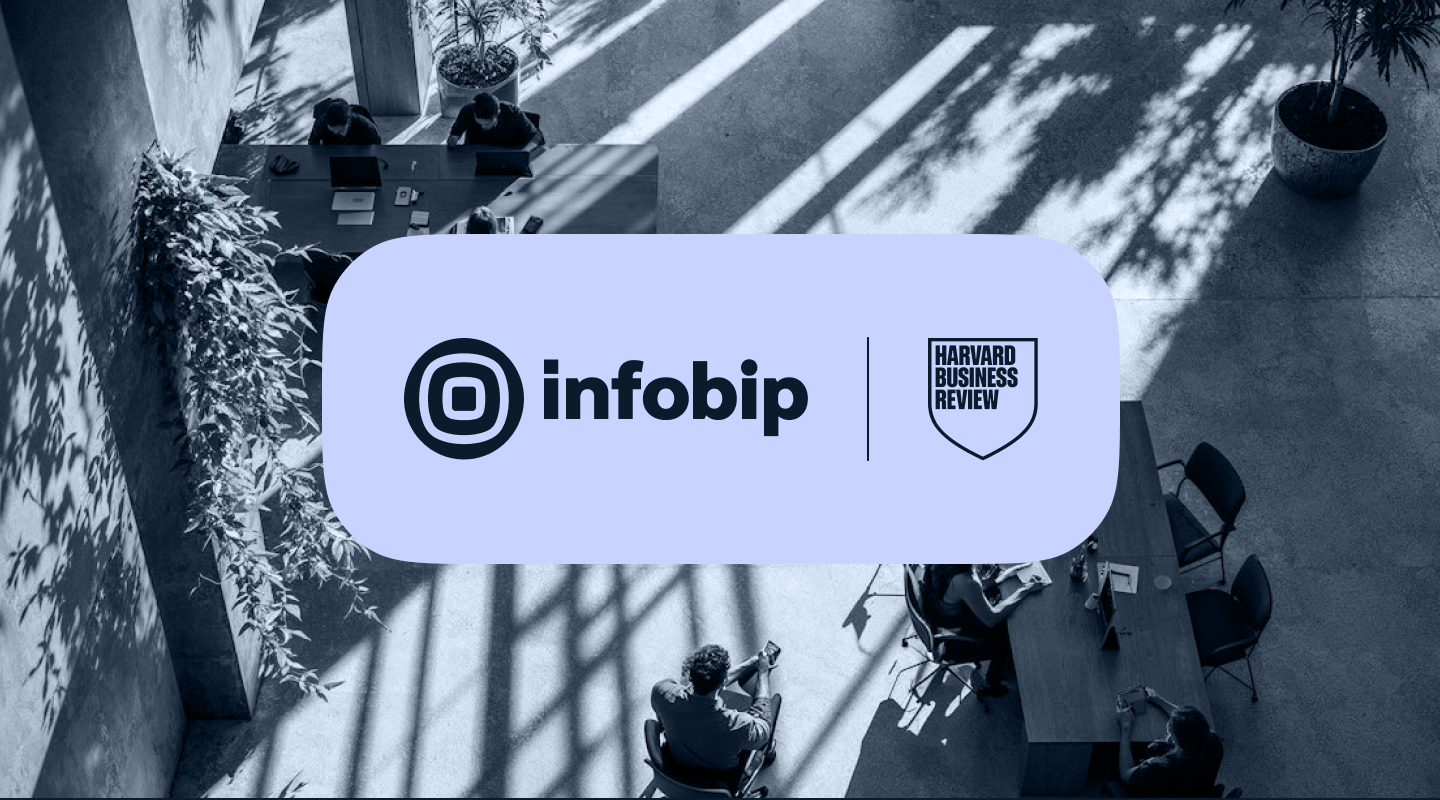Conversational modules
Programmable Channels
Platform functionality
Business segments
Industry verticals
Department
Our services
Solutions for telecoms
See why leading telecoms around the world choose Infobip to transform their network
Create new B2B revenue streams with our omnichannel communications platform
Telecom core & security
Secure your network from SMS and Voice fraud with our firewall that protects 120+ operators
Ensure all A2P SMS traffic is properly charged and eliminate revenue leakage with our SMS Firewall
Community & Resources







